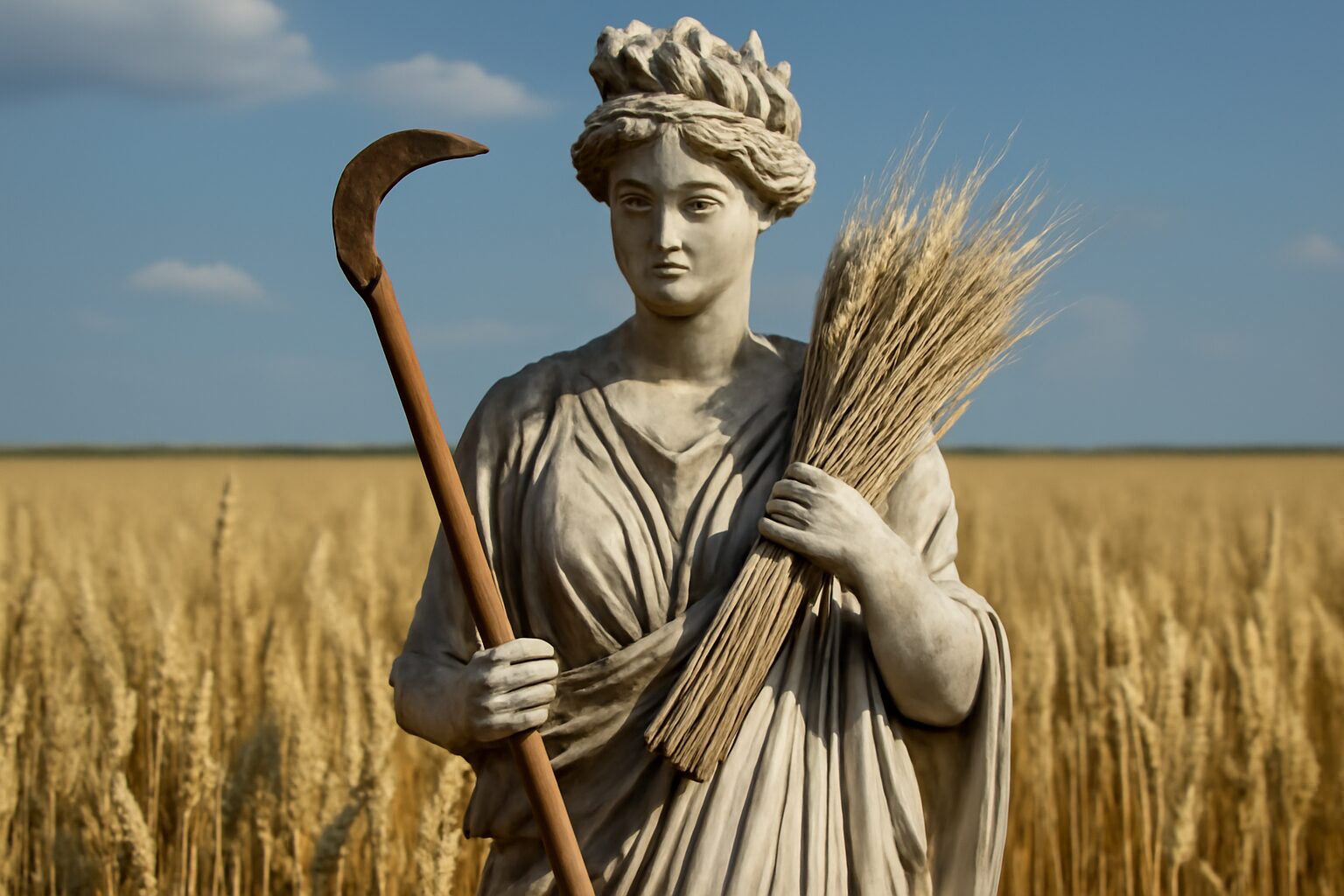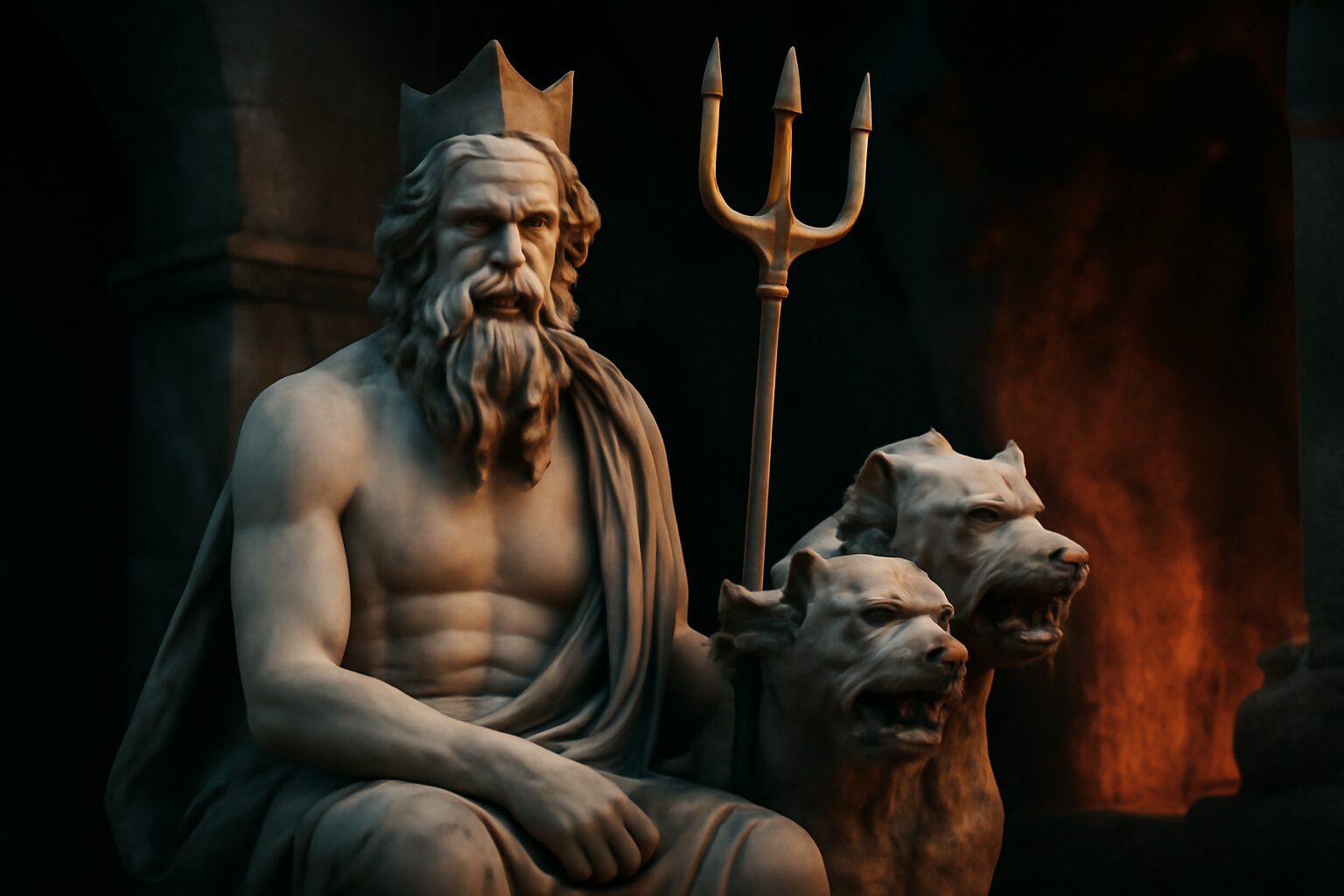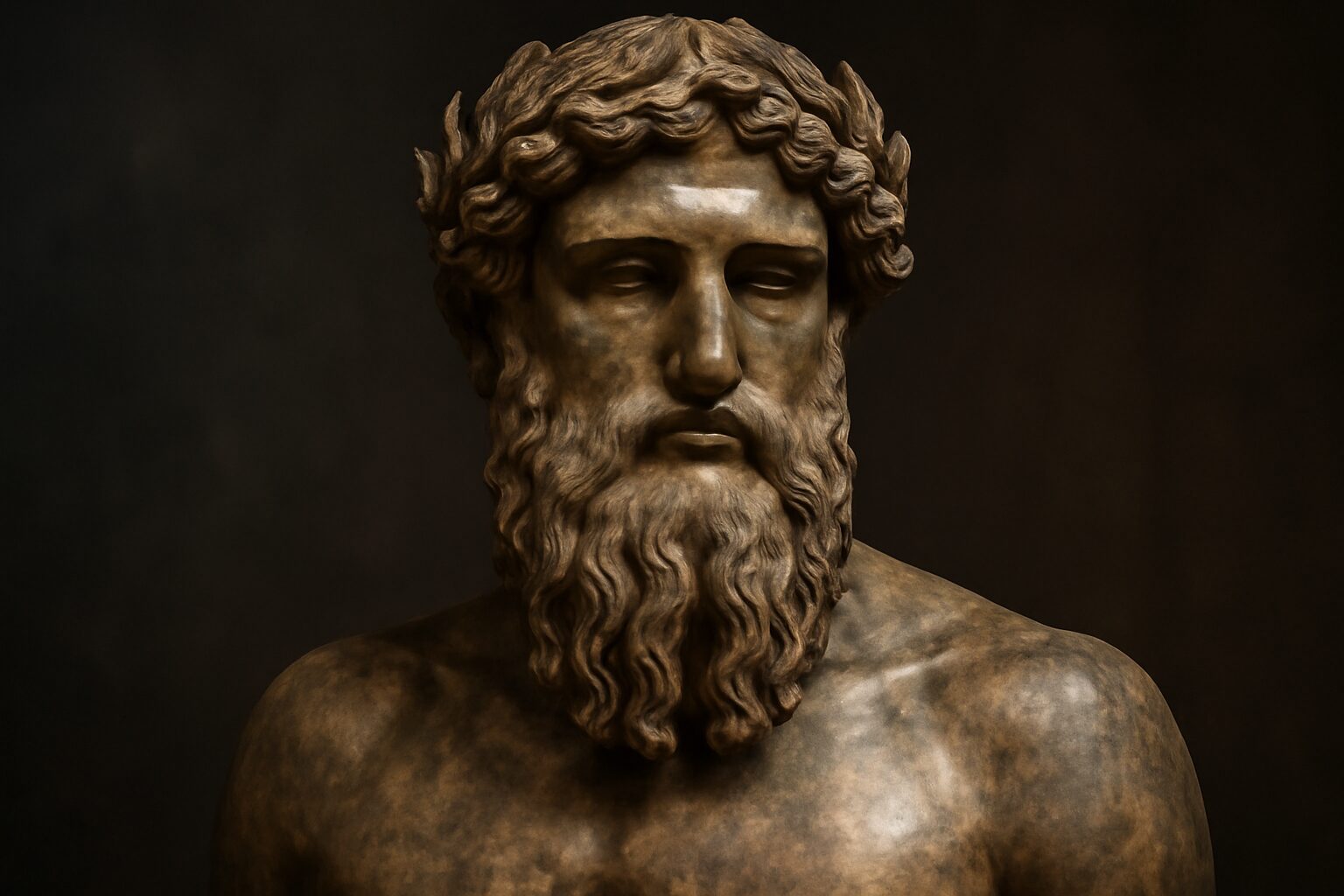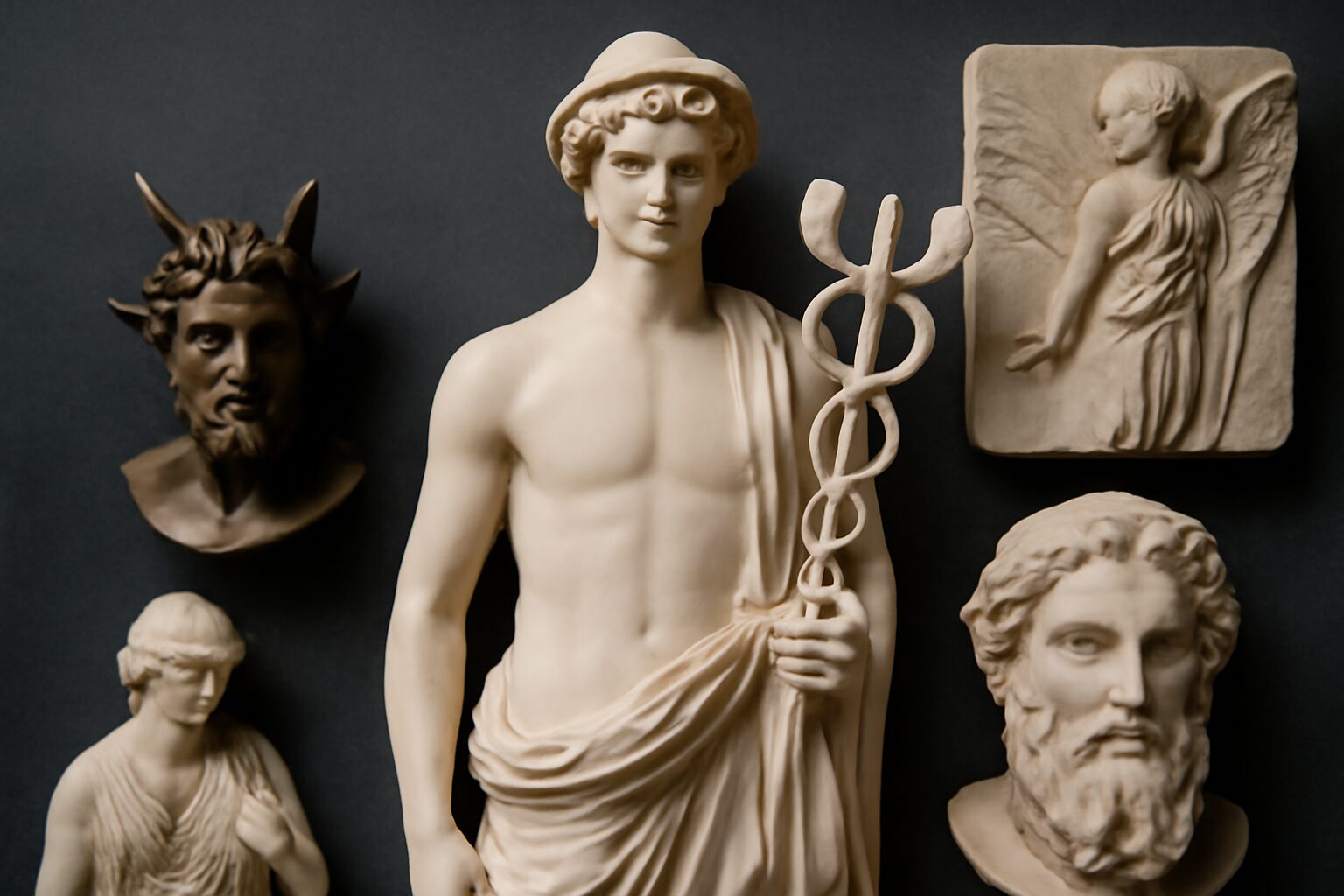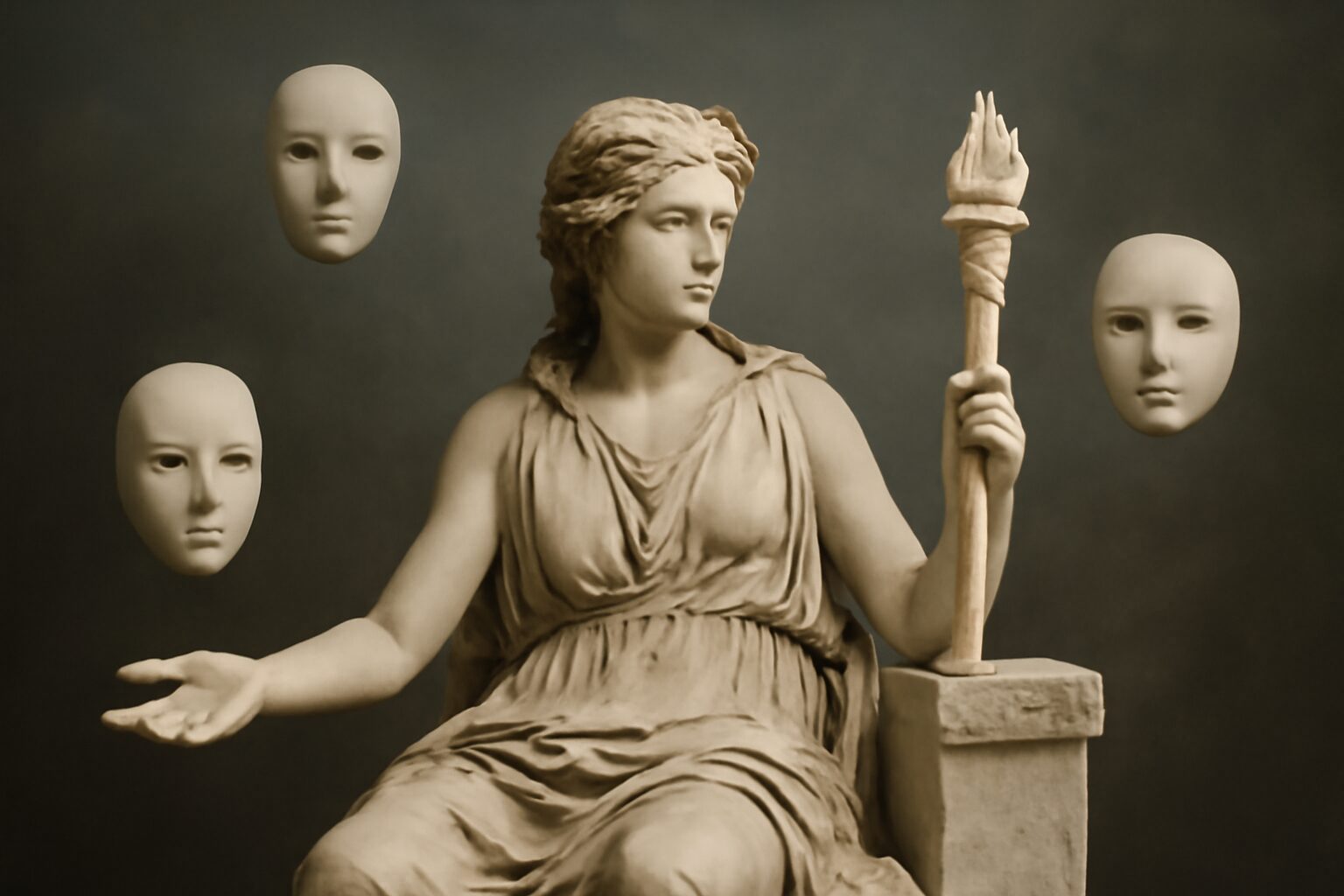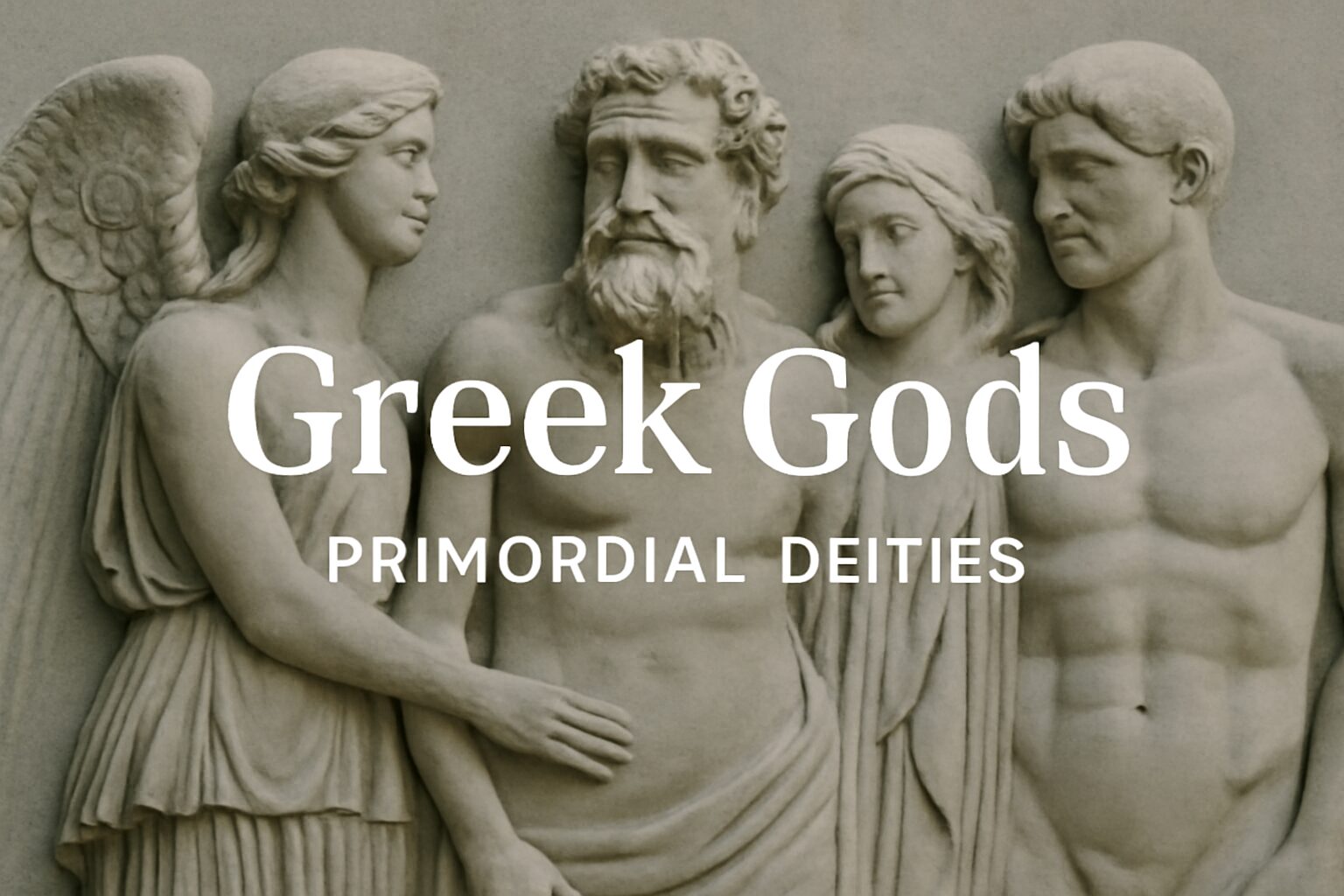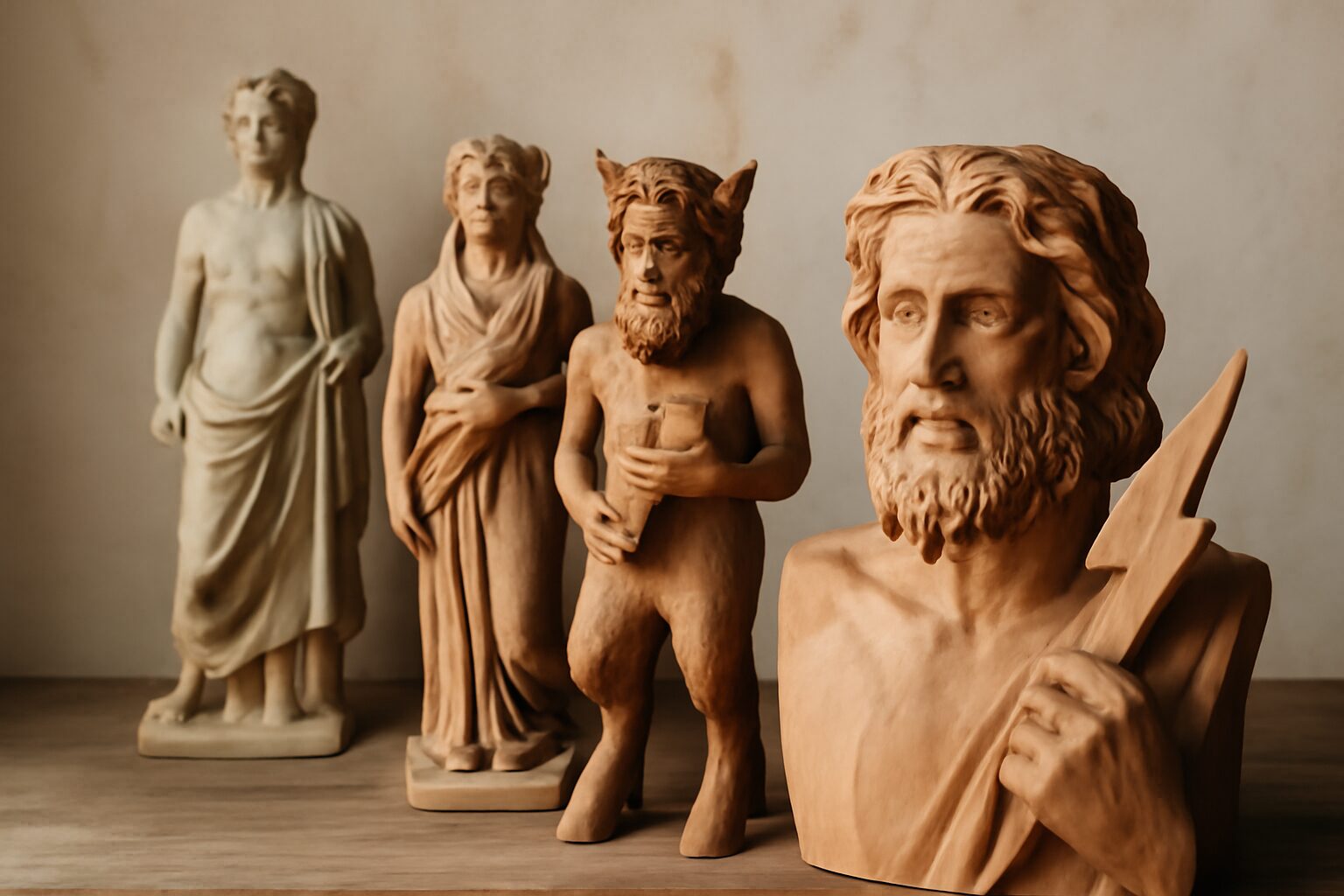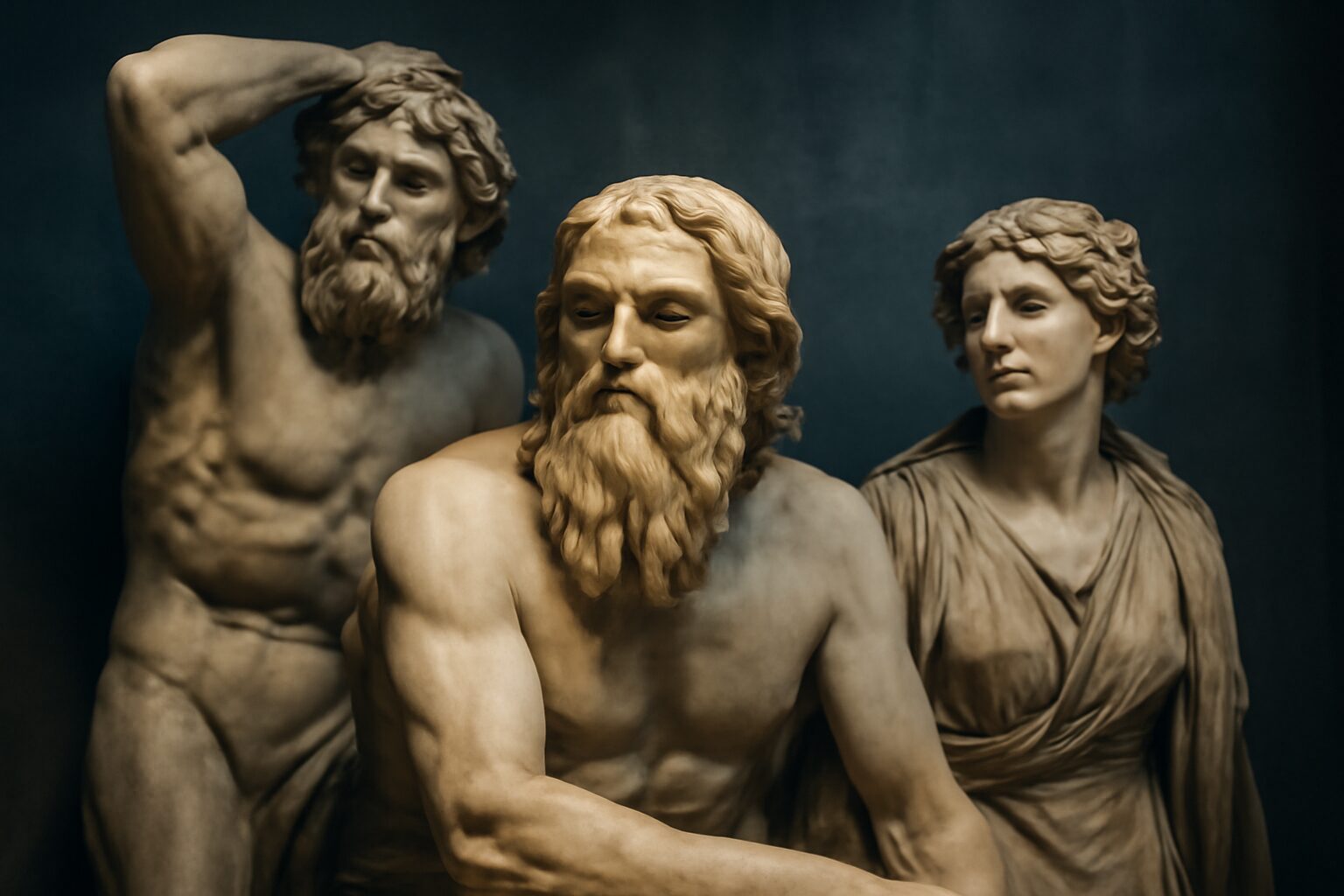Tartarus: The Abyss of Ancient Greek Mythology
In Greek mythology, Tartarus is both a primordial deity and a deep, gloomy abyss located beneath the underworld. Unlike Hades, the realm of the dead, Tartarus was reserved for the most wicked souls and divine beings who defied the gods. It was a place of eternal torment, often described as a vast, dark pit surrounded by impenetrable walls and guarded by the monstrous Hekatoncheires (Hundred-Handed Ones).
The Primordial Deity
Tartarus was one of the first beings to emerge from Chaos, the void that existed before creation. Alongside Gaia (Earth), Eros (Love), Erebus (Darkness), and Nyx (Night), Tartarus represented the deepest, most terrifying aspects of the cosmos. As a deity, Tartarus was less personified than other gods but embodied the concept of divine punishment and imprisonment.
The Prison of the Titans
Tartarus played a crucial role in the Titanomachy, the great war between the Olympian gods and the Titans. After Zeus and his siblings defeated the Titans, Tartarus became their eternal prison. The Cyclopes and Hekatoncheires, who had aided Zeus, were tasked with guarding the imprisoned Titans, ensuring they could never escape. Later, Tartarus also held the monstrous Typhon, a serpentine giant who challenged Zeus’ rule.
A Realm of Punishment
Beyond imprisoning divine rebels, Tartarus was where mortals guilty of unforgivable crimes faced eternal suffering. Famous figures like Sisyphus, Tantalus, and Ixion endured cruel punishments here. Sisyphus was doomed to roll a boulder uphill forever, Tantalus was tormented with unreachable food and water, and Ixion was bound to a fiery wheel. These myths reinforced the Greek belief in divine justice and the consequences of hubris.
Tartarus in Myth and Culture
Tartarus symbolized ultimate retribution in Greek thought, serving as a warning against defying the gods. While Hades was a neutral afterlife for ordinary souls, Tartarus was a place of active torment. Its influence extended into Roman mythology as well, where it became synonymous with the Christian concept of Hell. Today, Tartarus remains a powerful symbol of punishment in literature and popular culture, reflecting humanity’s enduring fascination with justice and the afterlife.
Alternative Names for Tartarus
God Name: Tartarus (Roman)
In Roman mythology, Tartarus retains the same name as in Greek mythology, referring to both a deity and a deep abyss used as a dungeon of torment. The Romans adopted the concept directly from the Greeks without significant alteration.
God Name: Tartaros (Greek (alternative epithet))
An alternative spelling or form of Tartarus in Greek mythology, often used interchangeably. It emphasizes the primordial and chthonic nature of the deity and the abyss.
God Name: Erebos (Greek (poetic))
Sometimes conflated with Tartarus in poetic contexts, Erebos represents darkness and shadow, often overlapping with Tartarus as a personification of the underworld's depths. However, they are distinct entities in most myths.
Tales about Tartarus
The Imprisonment of the Titans
After the great Titanomachy, when the Olympian gods led by Zeus defeated the Titans, a decision had to be made regarding their punishment. The primordial abyss of Tartarus, deep beneath the earth, was chosen as their eternal prison. Kratos (Strength) and Bia (Force) were tasked with dragging the defeated Titans—including Cronus, Iapetus, and Hyperion—into the chasm. The Hecatoncheires, hundred-handed giants, were set as guards, ensuring the Titans would never escape their grim fate.
The Descent into Darkness
As the Titans were cast down, the very earth shook, and the rivers of the underworld—Acheron, Phlegethon, and Cocytus—swelled with sorrow. The gates of Tartarus, forged by Hephaestus, clanged shut, sealing the Titans away from the world above. Here, in the deepest dark, they would remain, a testament to the power of the new Olympian order and the unyielding justice of Zeus.
The Binding of the Monstrous Typhon
When the monstrous Typhon, son of Gaia and Tartarus, rose to challenge the gods, Olympus trembled. With a hundred dragon heads and eyes that shot fire, Typhon was a force of pure chaos. After a fierce battle, Zeus struck him down with his thunderbolts and hurled him into the depths of Tartarus, where he was bound beneath Mount Etna.
Eternal Torment and Tremors
In Tartarus, Typhon’s rage became a part of the landscape. His struggles caused volcanic eruptions, and his breath fueled the fires of the underworld. The spirit of Aetna, the mountain itself, was said to press down upon him, ensuring his imprisonment. To this day, Typhon’s wrath is felt in the rumble of earthquakes and the burst of lava, a reminder of the power contained within the abyss of Tartarus and the might of the gods who sealed him there.
Frequently Asked Questions
What is Tartarus in Greek mythology?
Tartarus is a deep, gloomy abyss in Greek mythology, even lower than the underworld, where the wicked are punished and the Titans were imprisoned. It's both a deity and a place, representing the darkest part of the underworld.
Who were the Primordial Deities in Greek mythology?
The Primordial Deities were the first gods and goddesses born from Chaos, representing fundamental aspects of the universe. Key figures include Gaia (Earth), Tartarus (the Abyss), Eros (Love), Nyx (Night), and Erebus (Darkness).
Why is Tartarus important in Greek myths?
Tartarus is important because it serves as the ultimate prison for divine punishment, holding Titans like Cronus and other enemies of the Olympian gods. It symbolizes justice, fear, and the consequences of defying the cosmic order.
How does Tartarus differ from Hades?
Hades is the general underworld where souls go after death, while Tartarus is a far deeper, more terrible section reserved for eternal punishment. Think of Hades as the 'land of the dead' and Tartarus as its 'hellish prison.'
What can we learn from Tartarus in modern times?
Tartarus teaches about ancient Greek views on morality, justice, and the afterlife. Its concept influences modern ideas of punishment and hell, showing how cultures use mythology to explain consequences for evil actions.


